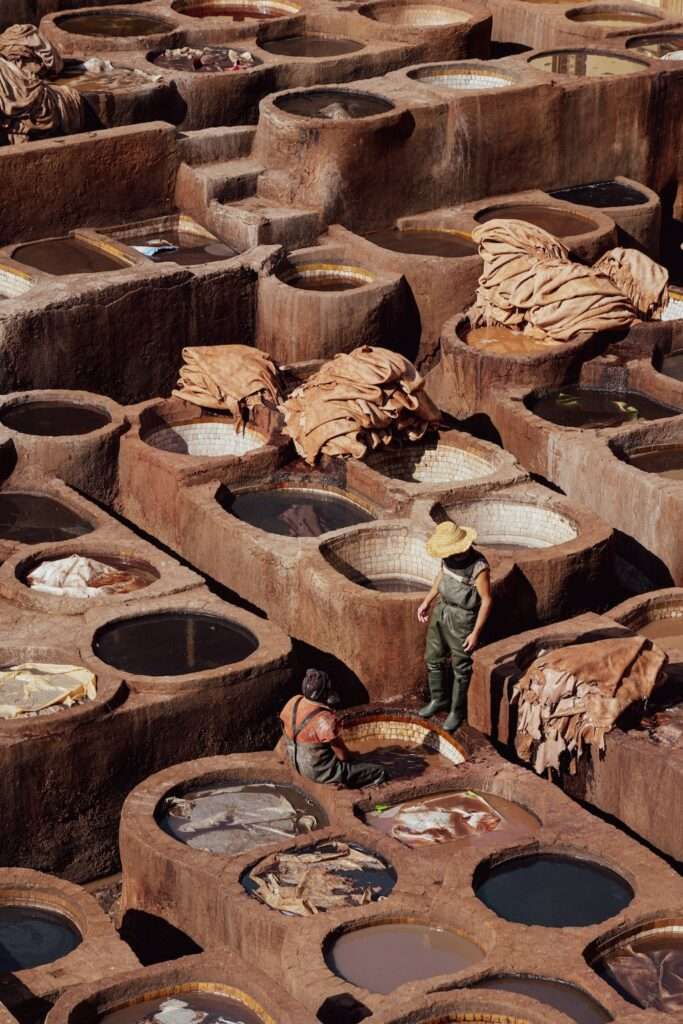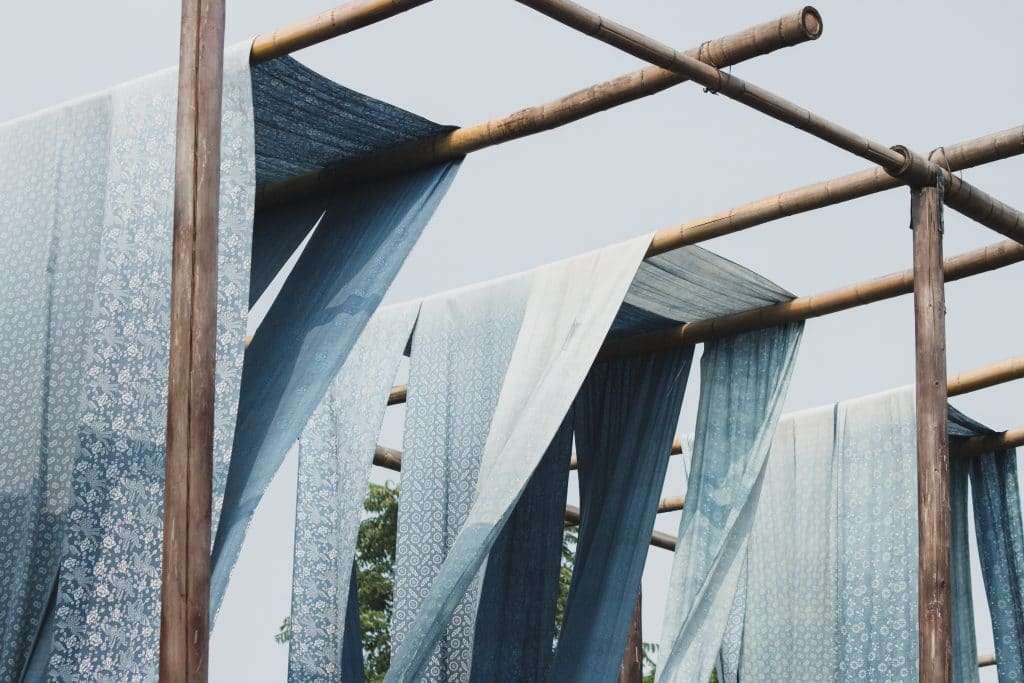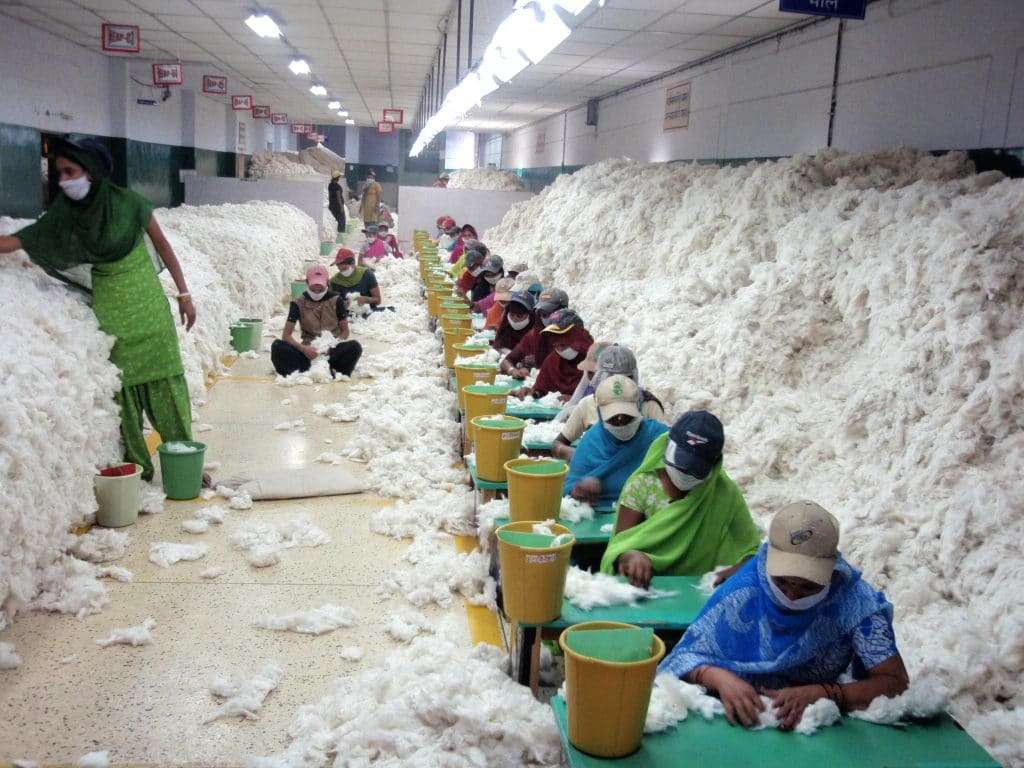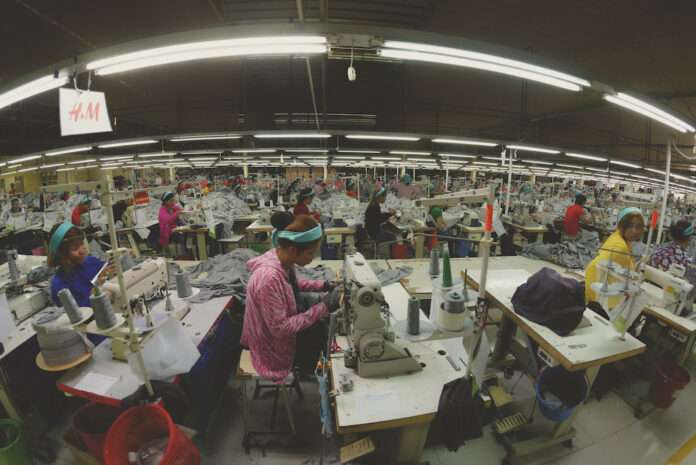When it comes to fashion’s future, Asia is in the driver’s seat. It’s currently steering the industry toward an even faster fast fashion road ahead, but according to the nonprofit Canopy, it’s not too late to exit and head for the more scenic route of circular fashion.
Asia produces more than 50 percent of the world’s fibers and fabric. It is an almost unimaginable force in the fashion industry — chiefly, it’s ground zero for cheap fast fashion. Companies like the Singapore-based behemoth Shein produce tens of thousands of garments per day. In China alone, there are nearly 44,000 companies manufacturing textiles.
The impacts of fast fashion are well documented. Mass-produced products carry heavy footprints that include excess water consumption and waste, chemical pollution, planet-warming emissions, and devastating impacts on biodiversity. There’s also forced labor and lack of protections for workers who spend more than 12 hours a day in unsafe buildings and face exposure to chemicals linked to numerous health issues including cancer.
As the planet has now entered what UN Secretary António Guterres recently called “global boiling” amid the extensive heatwave blanketing much of the world, there’s more pressure than ever on all industries to find solutions that reduce emissions.

But when it comes to Asian countries, particularly China, Bangladesh, Vietnam, and India, both wages and environmental standards fall short compared with other parts of the world, making progress toward sustainable practices like circularity and decarbonization extremely challenging.
According to Nicole Rycroft, founder and executive director of the NGO Canopy, those two factors — low wages and lax environmental accountability — continue to attract leading fashion brands who outsource their production to Asian countries, even while many of the companies have taken steps to put meaningful sustainability commitments in place. Canopy is working to help companies map their man-made cellulosic/viscose and paper supply chains to identify and reduce risks and impacts.
Canopy currently works with more than 900 brands, producers, and innovators including H&M, Stella McCartney, LVMH, Shein, and Uniqlo, to help them transform their supply chains and save forests all over the world. “As a solutions-driven non-profit we work collaboratively with individual brands with tailored plans to address their supply chains risks and advance their sustainability targets,” Rycroft says.
Rycroft tells Ethos that a rapid transition to more sustainable forms of production is needed along with a reduced reliance on raw materials. “Innovations like the use of recycled textiles to make viscose/lyocell/rayon represent an incredible opportunity for the fashion sector to close the loop and dramatically reduce its impact,” she says.
Rycroft says that Canopy also engages brands in pre-competitive vehicles of collective engagement because, “no single company — no matter how large — can transform an entire supply chain by themselves.”
One area Rycroft is particularly excited about is Next Gen solutions, like viscose made from discarded clothing or microbial cellulose grown on food waste, which she says produces 95 percent to 130 percent fewer GHG emissions, 88 percent to 100 percent less land-use impacts, and has a 5 times lower impact on biodiversity and threatened species than conventional materials.

She points to CanopyStyle as an example of collective action where more than 530 brands have worked with the organization — and each other — in order to shift more than half of global viscose production out of the world’s ancient and endangered forests. CanopyStyle has also spurred production of Next Gen alternatives.
“Underscoring the outsized carbon footprint embedded in virgin raw materials — be it cotton or viscose, we’re seeing an increasing number of brands make commitments that see them decoupling financial performance from raw material use,” says Rycroft. She points to efforts such as Kering and H&M’s commitments to reduce raw materials by 50 percent by 2030, alongside of Inditex’s recent commitment to use 25 percent Next Gen materials by 2030.
These shifts could have big impacts for the world’s forests. According Canopy, traditional textile production requires more than 300 million trees to be cut down every year just for viscose and rayon. Many of these trees come from the world’s climate critical and biodiverse forests — forests Rycroft says need to keep standing to achieve planetary stability.
It’s a bit of a double-edged sword. Natural fibers feel better on our skin. They breathe, they biodegrade. But they require natural resources that are becoming rarer and rarer, and in the case of the world’s forests, they serve double duty as carbon sinks (globally, forests absorb about 30 percent of all carbon produced). If we don’t responsibly manage these resources, we’re facing a grim future where heatwaves and extreme weather events are the norm.
By using 25 percent of the clothing waste in China alone, we could replace more than a third of viscose and man-made cellulosic fiber textiles currently sourced from the world’s forests.
-Nicole Rycroft
Synthetic fabrics, on the other hand, don’t require natural inputs like forests, but they are far more damaging as byproducts of fossil fuels, which contribute planet-heating gases into the atmosphere. Synthetic fabrics can also take hundreds of years to decompose. And, says Rycroft, in many cases, they don’t biodegrade fully but rather break down into smaller microplastic particles, “which can persist in the environment for even longer.”
Scientists are just scratching the surface on microplastic’s impact. But what they do know is that microplastics have been found across the globe — in the deepest oceans and the most remote spots in the Arctic circle, and, critically, accumulating in the food chain and in our bodies.
So, what’s the solution?
Rycroft says Asia is well-positioned to make the switch to a sustainable fashion exporter given the density of low-carbon feedstocks such as discarded textiles, agricultural residues and food waste that the production networks already have established.
“By using 25 percent of the clothing waste in China alone, we could replace more than a third of viscose and man-made cellulosic fiber textiles currently sourced from the world’s forests,” Rycroft says. That transition will require significant capital investment but making the switch will bring significant economic, social and environmental benefits. There’s a strong opportunity for the region to leapfrog to being a sustainable, Next Gen textile and fashion hub, she says.
It can happen a lot faster, she says, if more brands plan for and step forward to purchase from producers that are early to market with more sustainable materials and products. Clear market signals will allow the supply chain to adapt more seamlessly, too, she says.
“Asia becoming a major driver in sustainable fashion will definitely benefit the world’s forests,” Rycroft says. “It will also benefit communities and the economies of Asian countries — with increased fiber independence of supply chains as they switch from imported raw materials like forest fiber to in-country waste like discarded clothing and agricultural residues.”

According to Canopy, just pivoting fashion viscose, paper, and packaging could mean India and South East Asia alone avoid nearly 650 million metric tons of annual GHG emissions, divert 362 million metric tons of agricultural residues, divert 16.9 million metric tons of textile waste out of landfills, and create thousands of jobs.
There’s also cotton — one of the most widely used crops on the planet; Asia produces the bulk of the world’s cotton supplies (China and India produce more cotton than the next eight largest cotton-producing countries combined). Synonymous with natural fiber, cotton’s journey to your t-shirts, bed sheets, jeans, and undergarments, is often anything but natural. It uses the vast majority of global pesticides (cotton is particularly vulnerable to the bollworm larvae, which chew holes into the base of bolls and may hollow out locks).
Rycroft says changing these production methods to more circular and low impact feedstocks will have sizable benefits for the planet and forests globally. “Supporting farmers – both economically, with capacity building, and access to markets – to adopt organic and regenerative agricultural practices clearly advances sustainable fashion,” she says.
Related on Ethos:


